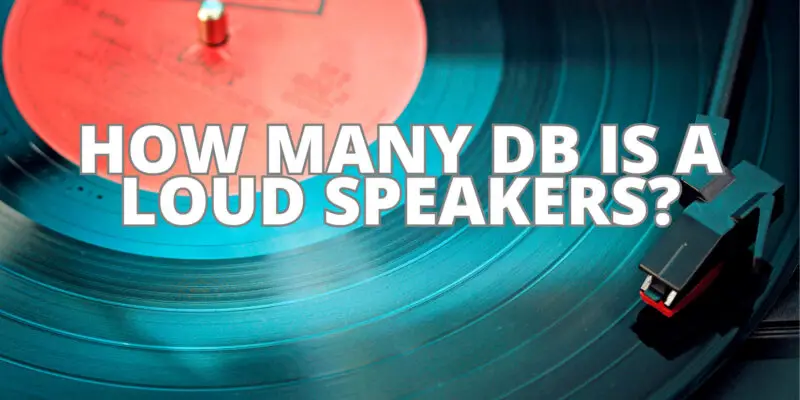Decibels (dB) are a unit of measurement commonly used to quantify the loudness or intensity of sound. When it comes to speakers, the number of decibels a speaker can produce depends on various factors, including its size, power rating, and design. In this article, we’ll explore the concept of loudness in speakers, the factors influencing it, and typical decibel ranges for different types of speakers.
Understanding Decibels (dB)
Decibels are a logarithmic unit used to express the relative intensity or power of sound. The decibel scale is designed to represent a wide range of sound levels, from the faintest whisper to the loudest concert. The dB scale is based on a logarithmic function, which means that each increase of 10 dB represents a tenfold increase in sound intensity.
Factors Influencing Speaker Loudness
The loudness of a speaker depends on several factors, including:
- Power Rating: The speaker’s power handling capacity, measured in watts (W), can impact its loudness. Speakers with higher power ratings can generally produce louder sound when provided with adequate power from an amplifier.
- Sensitivity: Sensitivity, measured in dB/W/m (decibels per watt per meter), indicates how efficiently a speaker converts electrical power into sound. Speakers with higher sensitivity ratings require less power to produce the same volume as speakers with lower sensitivity.
- Driver Size: The size of a speaker’s drivers, particularly the woofers responsible for low-frequency sounds, can influence loudness. Larger drivers can move more air and produce deeper bass, contributing to overall volume.
- Amplifier Output: The amplifier or receiver driving the speaker plays a significant role. A powerful amplifier can provide the necessary electrical power for the speaker to reach higher volumes.
- Speaker Design: The design of the speaker, including the type of enclosure (e.g., ported, sealed), crossover network, and driver materials, can affect its ability to produce loud and clear sound.
Typical Decibel Ranges for Speakers
The loudness of a speaker can vary widely depending on the factors mentioned above. However, here are some approximate decibel ranges for different types of speakers:
- Bookshelf Speakers: Bookshelf speakers typically produce sound levels ranging from 80 dB to 90 dB when driven by a standard amplifier. This is suitable for personal listening in small to medium-sized rooms.
- Floorstanding Speakers: Floorstanding speakers can achieve sound levels of 85 dB to 95 dB or more, making them suitable for larger rooms and home theater setups.
- Portable Bluetooth Speakers: Portable Bluetooth speakers generally produce sound levels in the range of 70 dB to 90 dB, making them suitable for personal use and small gatherings.
- PA Speakers: Public address (PA) speakers designed for events and outdoor use can reach sound levels of 90 dB to 120 dB or even higher, depending on their power rating and size.
- Studio Monitors: Studio monitors are designed for accuracy rather than extreme loudness. They typically produce sound levels between 80 dB and 100 dB.
- Soundbars: Soundbars, often used to enhance TV audio, usually reach sound levels between 80 dB and 100 dB, depending on their size and power.
It’s important to note that prolonged exposure to sound levels above 85 dB can potentially lead to hearing damage, so it’s essential to use speakers at safe listening volumes, especially when using headphones or earphones.
Conclusion
The loudness of a speaker is influenced by various factors, including power rating, sensitivity, driver size, amplifier output, and speaker design. Different types of speakers have varying decibel ranges, and the choice of a speaker should be based on your specific needs and the intended listening environment. Always prioritize safe listening practices to protect your hearing when using speakers at higher volumes.

